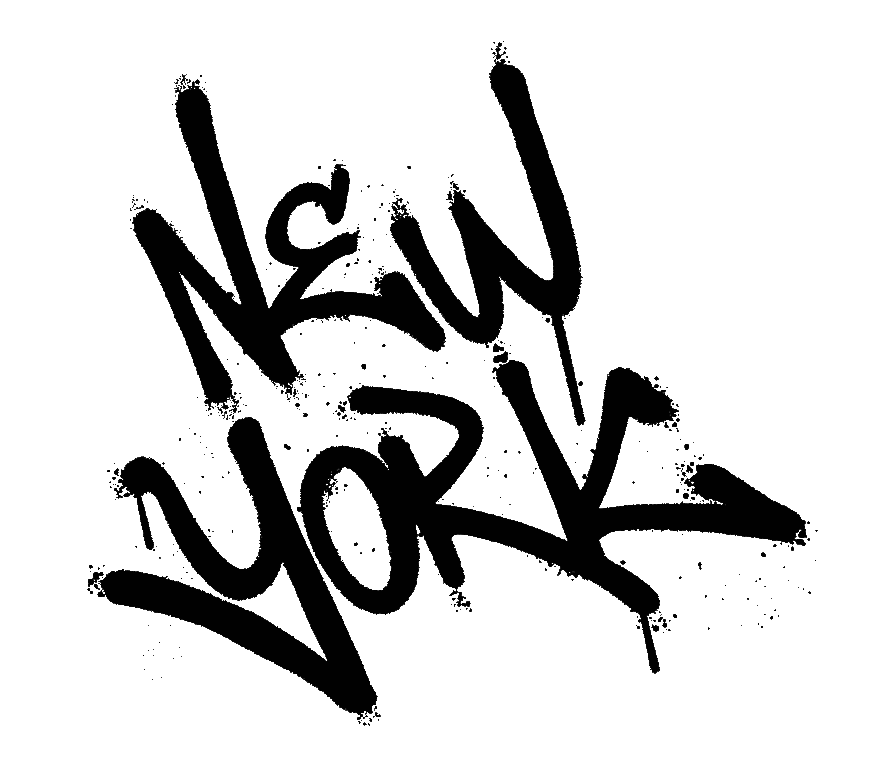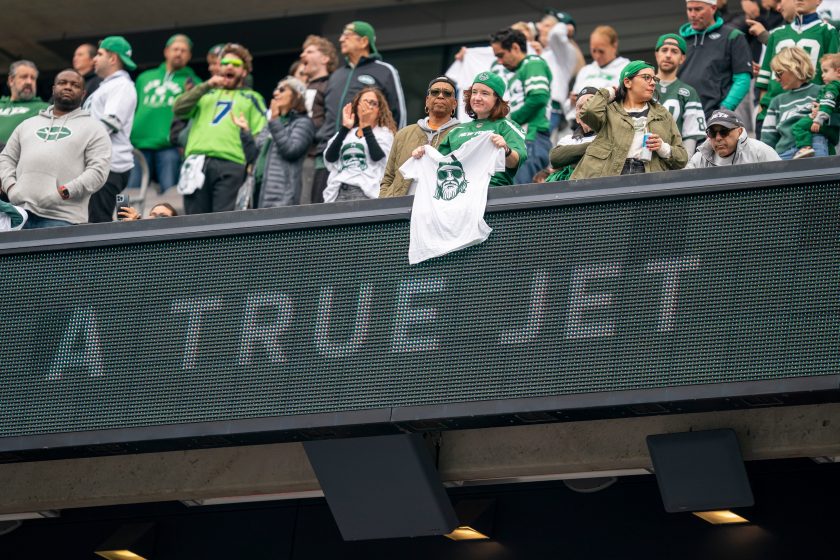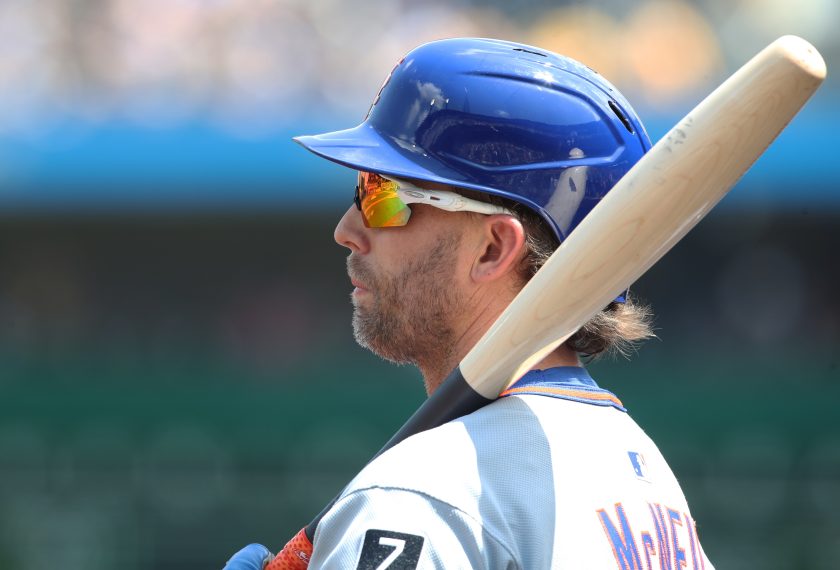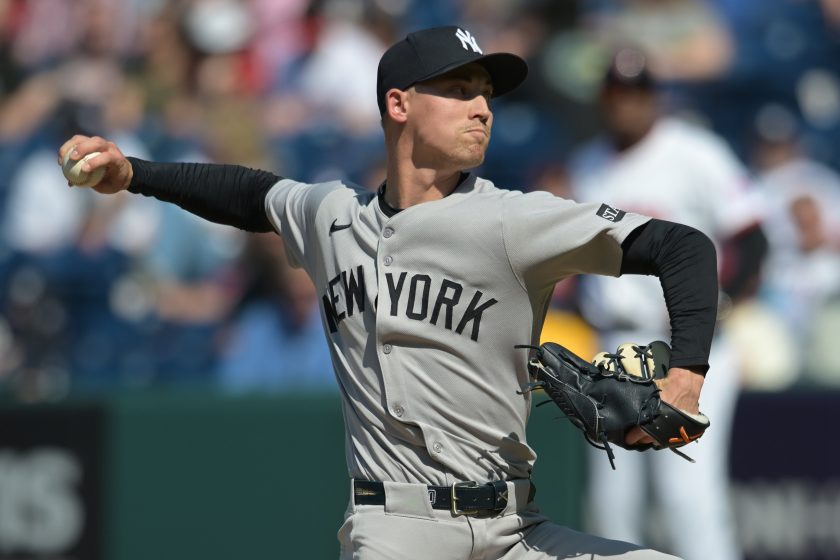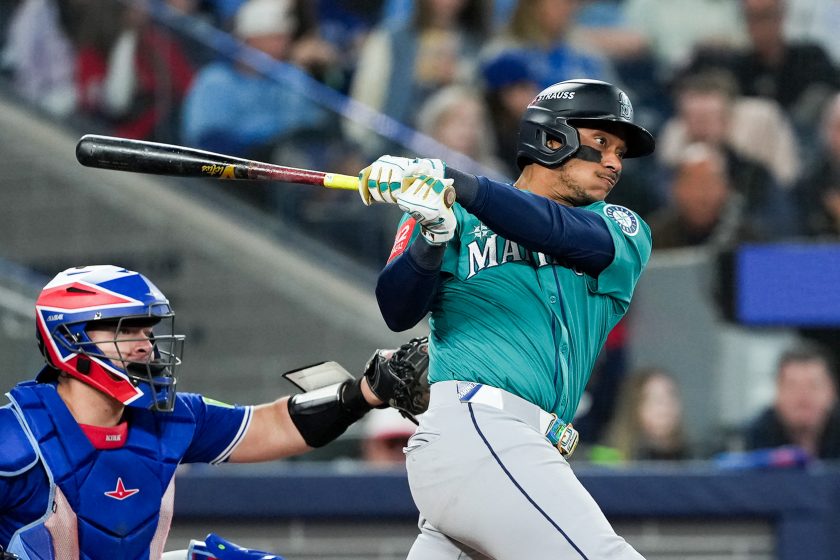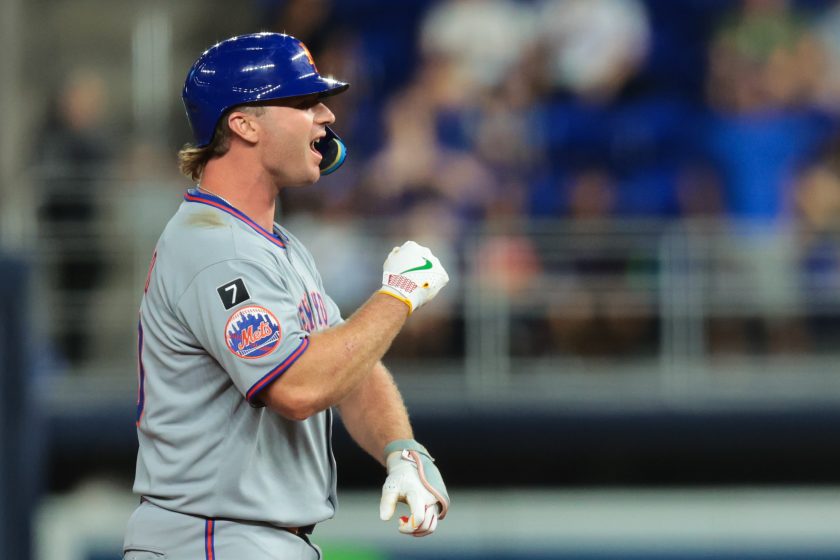New York Mets RP Dellin Betances will benefit from MLB’s hiatus
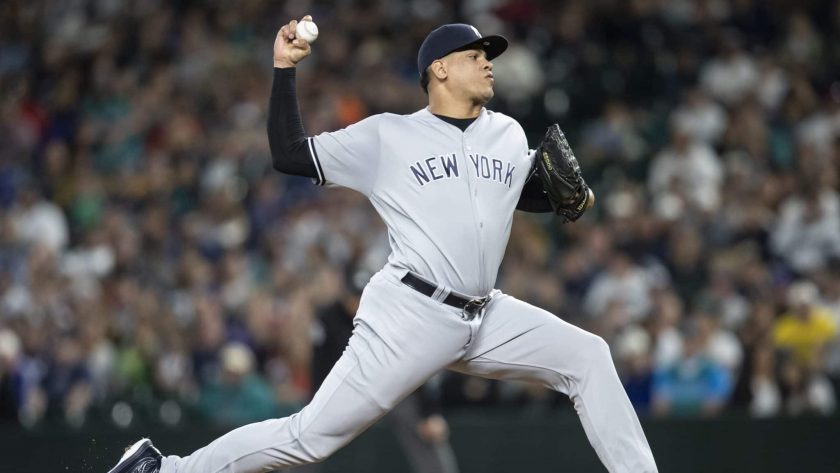
With the 2020 season expected to be delayed into the summer, Dellin Betances should be ready to dominate when the New York Mets return.
[sc name=”thomas-hall-banner” ]Whenever the regular season begins, the New York Mets will be expecting much better results from their revamped bullpen in 2020.
After their relievers produced the fifth-worst ERA (4.99) and the eighth-worst xFIP (4.75) throughout the majors in 2019, New York just can’t afford for those troubling results to continue through this season.
In an attempt to prevent those woes from continuing, the Mets signed Dellin Betances to a one-year, $10.5 million contract during this past offseason. Despite his injury-riddled 2019 campaign, there’s a good chance that the towering righty will be able to bounce back in 2020.
Prior to the cancelation of spring training, Betances was just starting to face live hitters in preseason games. In total, the soon-to-be 32-year-old made two appearances and completed 1.1 innings before the MLB began their hiatus.
Since Opening Day is expected to be pushed back by at least eight weeks, that should provide the hard-throwing hurler even more time to prepare for the upcoming season. While the former New York Yankees‘ reliever was already expected to be healthy and ready for the start of the season, he’d likely benefit from a later starting date.
When healthy, Betances has proven to be one of the best relievers in baseball. During the 2018 campaign, the 6-foot-8 reliever produced a 2.47 FIP (tied for the 15th-lowest among all qualified relievers), 1.95 xFIP (second-lowest), .183 OPP AVG (17th-lowest), 42.3% strikeout rate (fourth-highest), 28.6% hard-hit rate (tied for 21st-lowest) along with a 1.7 fWAR rating (tied for 18th-best) over his 66.2 innings pitched.
Based on his production from the 2018 season, if healthy, Betances shouldn’t have any issues replicating these results this season. However, he struggled to control his fastball once he returned from his shoulder/lat injury last season.
Throughout Betances’ professional career, he’s heavily relied on his high-90s heater. After his four-seamer averaged 97.7 mph on the radar gun in 2018, it was down to just 94.4 mph during his one outing in 2019. In addition, his fastball also started dropping into the middle part of the strike zone.
From 2015 through 2018, Betances’ fastball averaged just 10.7 inches of drop with its vertical movements. But, his heater averaged 16.7 inches of drop during his 0.2 innings pitched last season.
It’s worth noting that this is a minuscule sample size, but it’s just a brief glimpse of a worst-case scenario for the Mets with the tall right-hander.
Luckily for Betances, his fastball’s decrease in velocity and increase in vertical movement was likely due to being sidelined all season with an arm injury. However, it’ll need to be something that’s monitored throughout this season.
If Opening Day hadn’t been delayed, there was a chance that his heater would’ve sat in the mid-90s once again. Since the right-hander should be fully recovered from the partial tear in his left Achilles once the MLB season resumes, he should see the velocity with his fastball return to normal.
With Betances throwing his four-seamer in the high-90s, it will also likely feature fewer inches of drop this season. As a result, it should regain its ideal location in the upper part of the strike zone.
Since this suspension of league operations will allow Betances to hit the ground running once the season begins, it should also provide him with an opportunity to earn a new contract next offseason.
When the Mets signed Betances back in December, they included a player option on a second year along with his original one-year deal. The veteran hurler would earn $6 million if he exercises his option for next season. If he opts-out of his current deal next winter, the Mets would still be forced to pay him $3 million in 2021.
So, a healthy season from Betances would likely increase the odds of him opting out of his deal after the 2020 campaign. If this occurs, he’d likely be one of the most sought-after relief arms on the free-agent market next offseason.
Currently, there’s a chance that Zack Britton, Alex Colome, Ken Giles, Kirby Yates, Liam Hendriks, and Betances could all be available on the open market next winter. If all of these elite relievers become free agents after this season, then we could see a lot of money being spent in the reliever market in the near future.
Based on the last two seasons, it appears that the market for top-tier relief pitchers who are in their early-30s is somewhere around three years and $40 million. In 2019, the Cubs signed Craig Kimbrel to a three-year, $43 million contract. Then, the Braves signed Will Smith, not the actor, to a three-year, $40 million deal during this past offseason.
Since Betances will be entering his age-33 season in 2021, he could certainly receive a deal similar to the ones that Kimbrel and Smith signed. But, he’ll need to stay healthy throughout this season to be able to command that high of a salary next winter.
While this layoff from baseball has already been tough on everyone, it does have some slight advantages for the players who are coming off serious injuries. For Betances, not only should this hiatus help him return to his dominant form in 2020, but it could also help him earn a lot of money next offseason as well.
